Amazon, Google, and Apple use it – what can data do for your RIA firm?
Did you know that Amazon collects around one exabyte of purchase data from its customer base – an exabyte equates to around one billion gigabytes.1 In short, they have a ton of data.
For a company like Amazon, data influences every aspect of its business. It informs Amazon’s suggested purchases, advertisements, and email communications. It’s how they understand what we want and can deliver those recommendations (often before we even know what we want).
But data isn’t just used by massive tech companies. Major financial institutions have recognized the power of data for decades. These companies have been analyzing and using this data to influence growth plans, market to consumers, and increase wallet share.
However, data has long been a tool only used by mega firms – the big players who have readily accessible data along with the capital to invest in data analytics. The great news, this trend is changing.
Data is becoming more accessible now than ever before, and the ways that even smaller firms can use data are expanding rapidly. RIAs nationwide are beginning to recognize the power of data and are starting to leverage that data to benefit their practices.
Using Data to Strengthen Existing Relationships
With easily sortable and searchable data, RIAs can make informed decisions for their practices, and their clients.
Custodians typically store RIA firm data on points like clients’ holdings, trading information, daily positions and balances, and sometimes tax lot information. Having easy access to this data can influence a lot for an advisor.
This information can help to drive client conversations, and even enable to the advisor to conduct sophisticated actions like tax loss harvesting. Without this data at an advisor’s fingertips, they may have to invest a significant time of manual work to achieve the same results.
Not only can these data points direct the advisor’s approach to financial planning, but it can also help create a stronger connection between the advisor with the client. It helps show that the advisor fully understands the clients’ financial situation and is nimble in adjusting to meet their evolving needs as circumstances change.
Receiving and storing this data from an RIA’s custodian services provider in an easily accessible database can help the advisor ensure they’re taking the appropriate actions at the right time.
Finding New Clients and Expanding Wallet-Share
Beyond strengthening relationships with existing clients, data-driven insights can help advisors to add new clients and expand wallet share.
A primary goal for any advisor is likely to engage with clients’ children and grandchildren. Establishing these relationships can help the advisor to secure multi-generational clients.
When considering engaging with next-generation clients, advisors may ask themselves: When is the right time to reach out? How do I know what stage of life that child/grandchild is experiencing? Is now the right moment to establish a relationship?
By leveraging data, advisors can set up triggers to notify their teams when a client’s child/grandchild is reaching sophomore year of high school, for example. This can be a great time to engage with that individual on college planning – where they are considering going, do they want to be in a city, and what they’re interested in studying.
Starting a relationship with clients’ families can help deepen the advisor’s relationship with that client and hopefully set them up as a confidant and trusted partner to that client’s child/grandchild. While it seems simple, without proper data storage and access to these types of opportunities can easily slip through advisors’ fingers.
Evaluating RIA Success
Data can also play a critical role for RIAs looking to evaluate their successes and improve areas of their business.
Year-over-year data can provide invaluable insights into an RIA’s performance. Advisors are accustomed to reviewing investment performance over market cycles. But how often are financial advisors looking at data focusing on client attrition and employee turnover – all important to the success and health of the business and client relationships.
Another important data segment for advisors to consider when evaluating their own success is client segmentation. Most advisors segment their clients by account size, client age or service level. This may seem like the easiest route as it’s likely the most readily available information to the advisor – it gives a quick view into what the advisor may consider to be their highest value relationships.
What the data can show is that an advisor’s largest accounts may not in fact be the most profitable relationships. Client data can enable an RIA to evaluate clients based on technology spend (which vendors support their accounts), time invested by each team member, client account growth, etc. Within a few steps, with the right data, advisors can evaluate the health and profitability of a client relationship… and may be surprised by the results.
While there is no one-size-fits-all answer, data can provide advisors with the equation. Rather than investing significant time and resources in maintaining bigger, less profitable accounts, it may make more sense for a firm to work on adding higher potential accounts that could require a smaller internal investment.
This isn’t to say there is one right way to run an RIA, simply that the data can help unlock these insights so advisors can make more informed decisions for their businesses. The only thing holding advisors back from leveraging these insights? Access to the data.
Access to Custodian Data
A great deal of an RIA’s data is held with their custodian(s), with each custodian employing its own unique data policy.
Some custodians restrict data access.
These providers may limit the types of data they share, meaning some RIA firm data will be held by that custodian and made inaccessible to the advisor. Others may limit data access when the advisor is looking to make a move to a new provider, putting historical client data at risk. Moreover, if these custodians share data, it may be in an unstructured format that could be very difficult for the RIA to access, store, and use readily.
Other providers, like TradePMR, prioritize delivering the data advisors want in an immediately usable format. This is structured data that can be more easily searched and analyzed. Advisors are not data analysts. They can benefit from precise, concise data in a format they can understand and use.
TradePMR believes that advisory firm data is just that – the advisor’s data. TradePMR works to offer advisors the data they want when they want it in a format that makes sense.
Interested in discussing what data could do for your RIA? We should talk. We can dive into your unique business and how TradePMR’s open approach to data could benefit your RIA.
1 How Does Amazon Use Big Data? Complete Insights for 2022, Invisibly, December 20, 2021.






